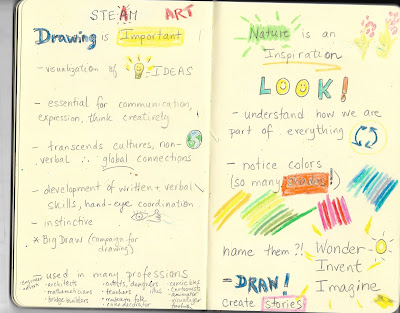It was by chance that I picked up a copy of a book which I enjoyed and am sure would interest many member of Picture Book Den. Fierce Bad Rabbits by the poet Clare Pollard, sub-titled The Tales Behind Children’ Picture Books investigates the genesis of both the picture books she loved as a child and the picture books she currently reads to her two young children.
It begins with Clare’s rereading a favourite from her childhood, Hilda Boswell’s Treasury of Poetry which brought with it a flood of memories and her realisation that this book in fact made her a poet, such is the power of books one reads at an early age to shape one’s future.
A series of picture books which immediately brings back memories for me is Orlando the Marmalade Cat by Kathleen Hale. How I loved Orlando, his wife Grace (whose elaborate wardrobe fascinated me) and their kittens Blanche, Tinkle and Pansy. Kathleen Hale was a wonderful artist and her use of colour quite spectacular.
Seeing these books now also makes me think of my mother as she must have read them to me before I could read myself and the text is much longer than would be acceptable by publishers today. Did these books make me want to write picture book texts? Doubtful - but oddly in later life I did have a succession of ginger cats – I also had, and have, a weakness for buying for buying picture books.
As had Clare when she had her children. She bought lots and she also thought about them more deeply. She sees that the earliest picture books were ill-disguised vehicles for moral lessons, Struwwelpeter being a scary example. With Edward Lear, Lewis Carrol and Kate Greenaway the mood lightened and the books became closer to entertainment for children.
More recently critics have flagged up problems stemming from the change in attitudes held ‘then’ and ‘now. As well as out-and-out racism, these can include stereotypical representations of women and the endorsement of colonialism as found in the Babar books by Jean de Brunhoff. My children, who loved the Babar books, didn’t notice anything amiss nor did I decades before when I read another of my favourites series, the Dr Doolittle books. These take me right back to our kitchen and with me, aged eight, reading in front of the kitchen stove with my fur slippers almost touching the bars: the memory is so potent that I can almost smell the soles of my slippers singeing. The Doctor Doolittle books are not really picture books although the author’s simple line drawings are a perfect complement to the text. For me Dr Doolittle was just a likeable doctor who could talk to the animals and who, with his menagerie of Polynesia the parrot, Dad Dab, Gub Gub et al had various adventures as he tried to help animals.
The copies I read were those written in the 1920s, the series was later, rightly, found to have racist content and reissued in 1980 with the offensive words and descriptions expurgated. Should such books be whitewashed, altered without the writer’s permission? Or should they be read to children with explanations as to why these elements are just not acceptable? This is something I should like to come back to in the future.
Another memory came to me reading Clare’s book, not an entirely pleasant one. I am not sure whether the Arthur Rackham images which illustrated some of the tales I loved as a child were in fact suitable for children. Many, like ‘the fairies of the Serpentine’ or ‘the fairies are exquisite dancers’ in Barrie’s Peter Pan in Kensington Gardens, I loved but I never liked the hoity-toity chrysanthemum
and I can remember another where I could see witches in the twisted trees which scared me and gave me nightmares to such an extent that my mother ‘tore out’ the offending picture and burned it in the above-mentioned stove. I think some sleight of hand was involved as I still have the book and it is intact - but it did the trick for me. Even so I didn’t use books with these illustrations with my own children because even as an adult, I find many of them frightening.
I thoroughly enjoyed Fierce Bad Rabbits not only for the discussion of old favourites, the introduction to new ones and the snippets about the lives of the writers - but also for all the related questions which it threw up about memory and the value of picture books.
Really worth reading.
My name is Patricia Cleveland-Peck and I write picture book texts. When my own children were little I wrote about 14 children’s books but gradually drifted into writing for adults as they grew up. It was when I had a granddaughter that I returned to the wonderful world of picture books. It was her remark, “You can’t take an elephant on the Bus,” which resulted in my book of the same name. For more details visit my website www.patriciaclevelandpeck.com.











































